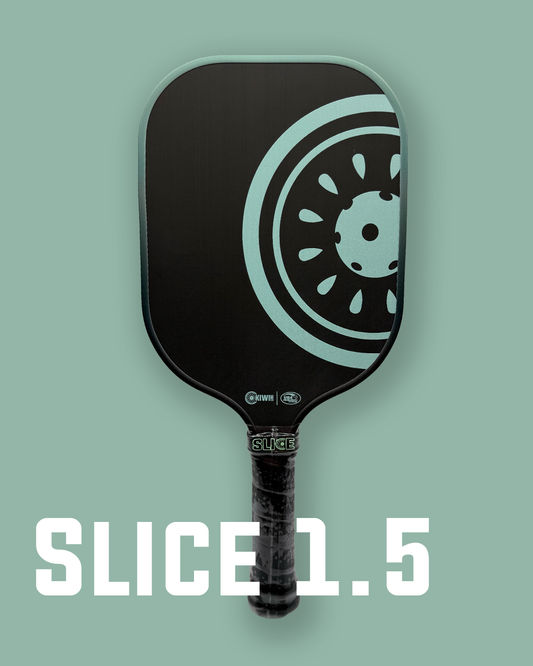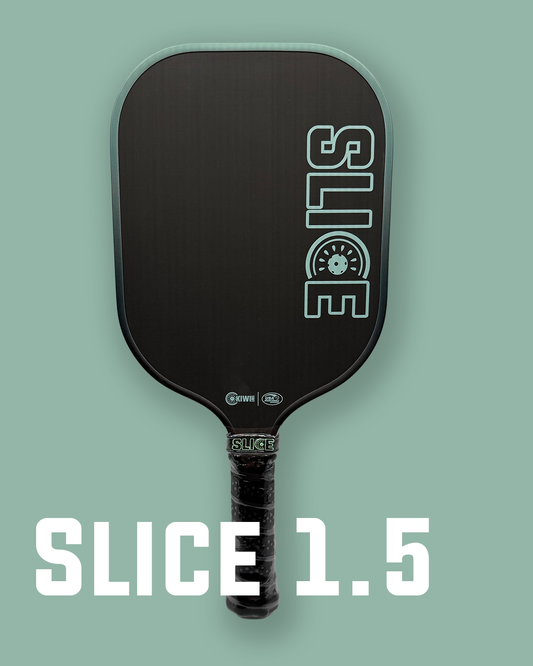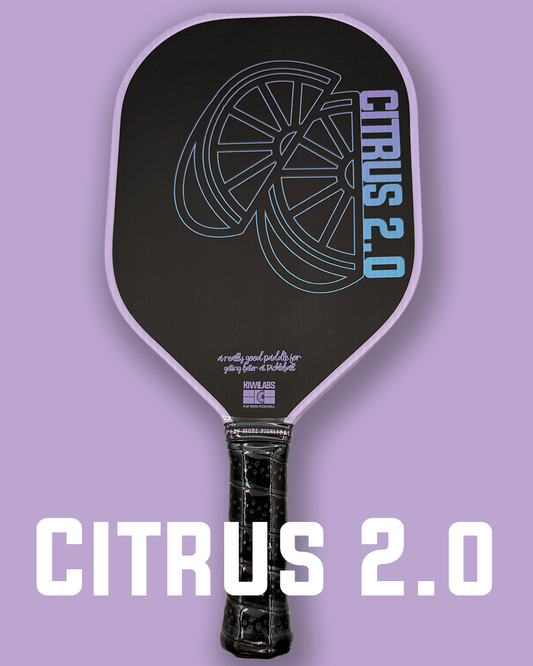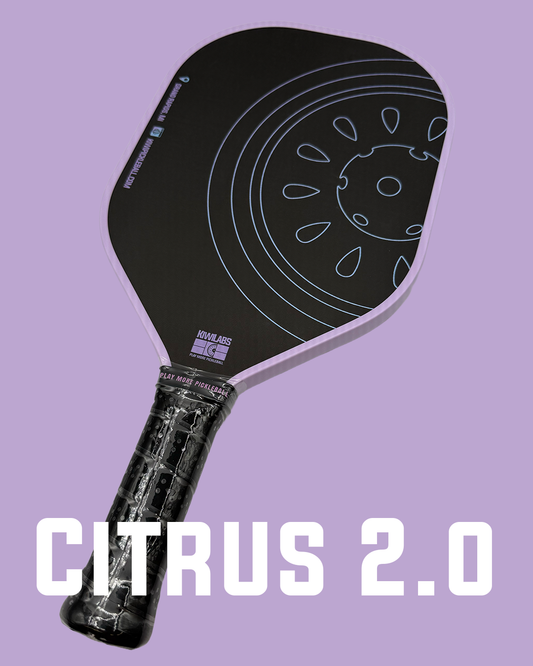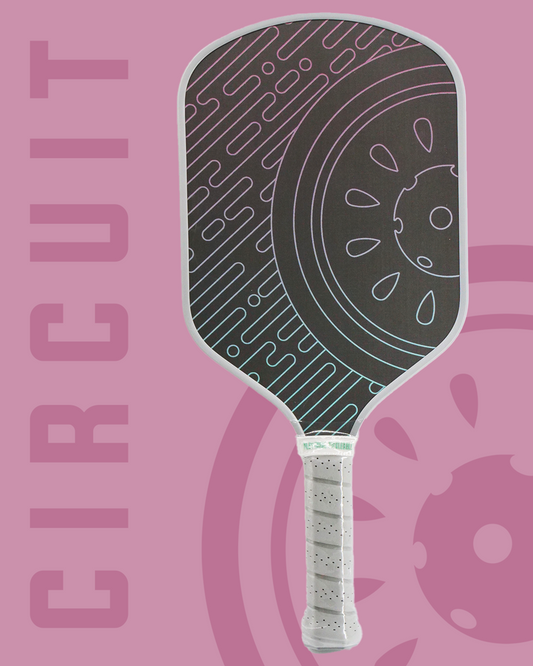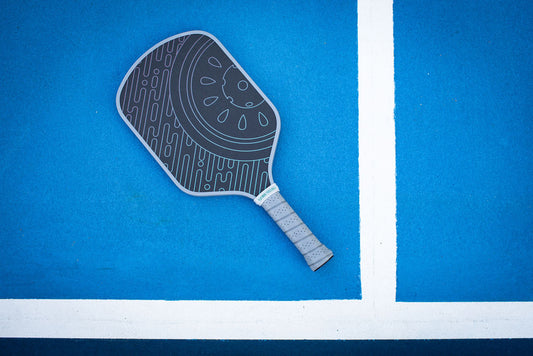What Are Pickleball Paddles Made Of? The Ultimate Material Breakdown (2025 Edition)
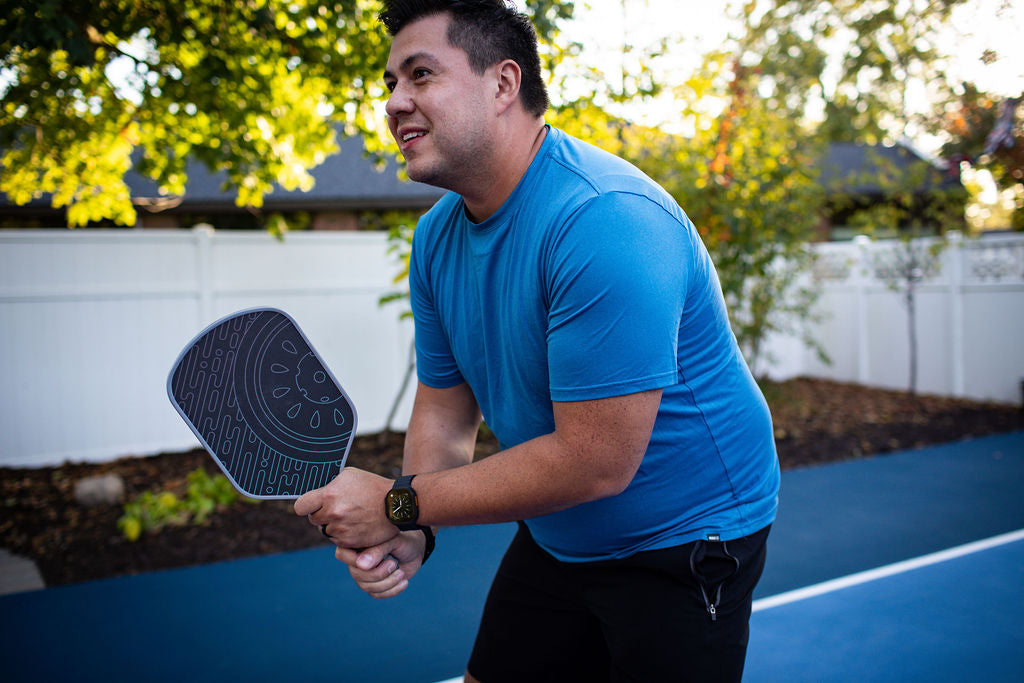
Ever wondered what's actually inside that paddle you're swinging around the court? If you're shopping for a new paddle or just curious about the tech behind your current one, understanding paddle materials is GAME-CHANGING. The materials in your paddle literally determine how every shot feels, sounds, and performs.
Here's the thing – paddle construction has evolved dramatically, especially in 2025. We're talking aerospace-level materials now being used in equipment you can grab for your weekend games. Let's break down exactly what goes into modern pickleball paddles and how each material affects your play.
The Face: Where Magic Happens
The paddle face is your direct connection to the ball, and the material here makes or breaks your shot quality.
Graphite: The Control Master
Graphite faces are the go-to choice for players who live for precision. This ultra-thin, super-rigid material gives you that crisp, responsive feel that lets you place shots exactly where you want them. Think of it as the surgical scalpel of paddle faces – precise, controlled, and incredibly effective for finesse players.
The stiffness of graphite means less energy gets absorbed on impact, so more power transfers directly to the ball. Plus, that rigid surface helps you "feel" the ball better, giving you more feedback for those tricky placement shots.
Carbon Fiber: Premium Performance
Carbon fiber has become the gold standard for serious players, and for good reason. It's lightweight yet incredibly strong, offering exceptional control while maintaining durability. Advanced versions like T700 Raw Carbon Fiber represent cutting-edge 2025 technology, with multiple reinforced layers that can handle intense gameplay session after session.
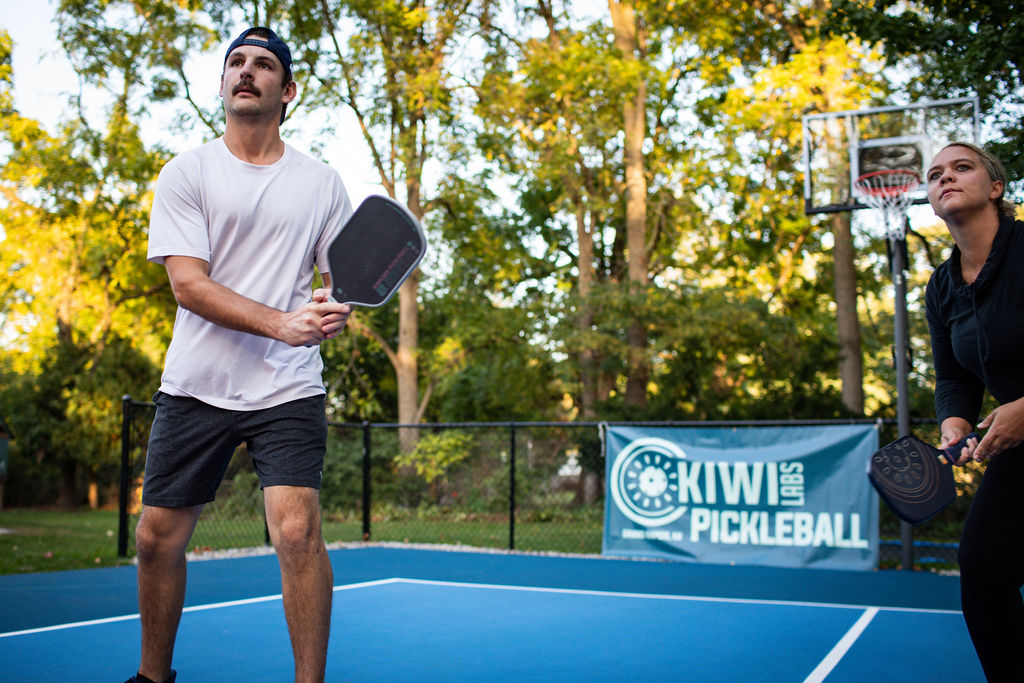
Carbon fiber excels at generating spin while keeping your shots accurate. If you're looking to add some nasty topspin or slice to your game without sacrificing placement, carbon fiber delivers.
Fiberglass: The Power Player
Fiberglass surfaces are all about maximizing your shot power and spin potential. These paddles let you absolutely crush the ball while still giving you the ability to add tricky spins that'll keep your opponents guessing.
The slightly softer feel compared to graphite means you can generate more power, making fiberglass perfect for aggressive baseline players who want to dominate points with explosive shots.
Composite: Best of Everything
Composite materials blend multiple materials like fiberglass and carbon fiber to create versatile performance paddles. Modern composites incorporating materials like T700 Raw Carbon and advanced polymer cores create paddles that excel in both power and control – basically giving you options for every situation.
The Core: Your Paddle's Engine Room
While everyone obsesses over the face, the core is where the real magic happens. This is what determines your paddle's feel, power output, and overall character.
Polymer Honeycomb: The Reliable Standard
Polymer honeycomb cores have been the industry workhorse for years, and they're still excellent. This plastic honeycomb structure creates consistent, responsive feel with a large sweet spot that's forgiving on off-center hits.
Core thickness matters big time here. A thicker 16mm core offers enhanced control and a softer feel – perfect for players who value placement over power. A thinner 13mm core provides more pop and power for aggressive players who want maximum shot velocity.
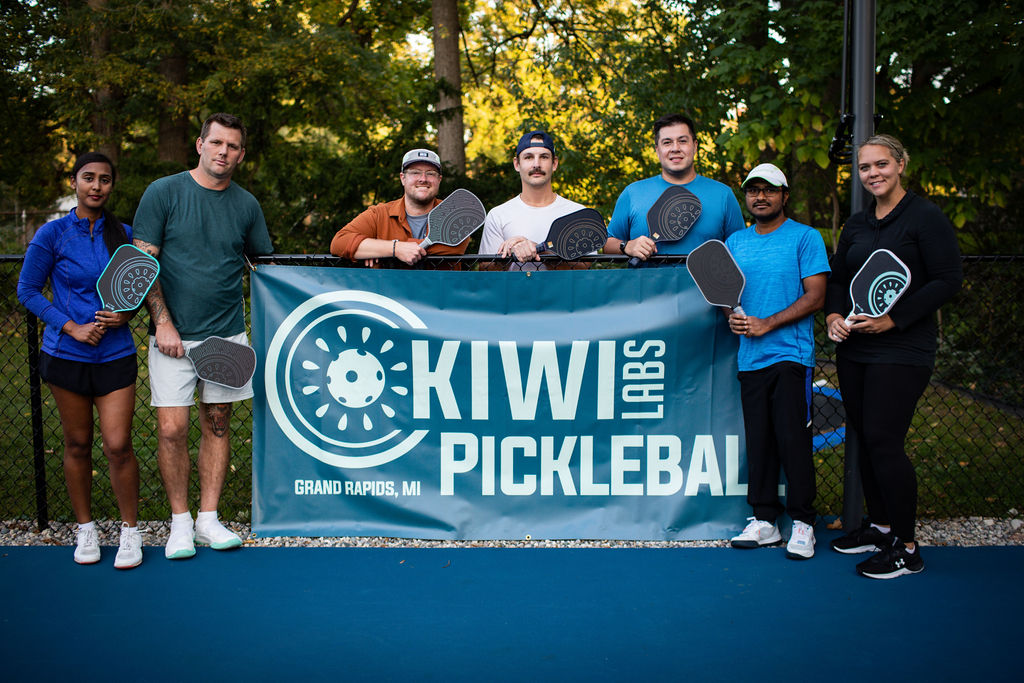
Foam Cores: 2025's Game-Changer
Here's the BIG news for 2025 – foam core paddles are revolutionizing the game. We're talking Gen-4 paddle technology that's changing everything about how paddles perform.
Foam cores offer superior vibration dampening (your arm will thank you), increased durability, and often a larger sweet spot compared to traditional honeycomb designs. The best part? Foam technology boosts power, spin, touch, AND durability all at the same time.
If you want to experience the latest in paddle innovation, check out our Circuit Dual Foam Paddle – it combines T700 thermoformed carbon fiber with cutting-edge foam core technology.
Aluminum Cores: Built to Last
Aluminum cores remain viable options, especially for their exceptional durability and sturdy feel. While less common in premium paddles, they provide reliable, consistent performance that's perfect for beginners and recreational players who want something that'll last for years.
How It All Comes Together
Understanding the construction process helps you appreciate what you're actually buying. Here's how these materials become the paddle in your hands:
The process starts with core fabrication – honeycomb structures or foam cores are precisely cut to desired shapes and thicknesses. This core determines your paddle's weight, stiffness, and responsiveness.
Next, surface layers of graphite, fiberglass, or carbon fiber get bonded to both sides of the core using heat-and-adhesive lamination. This creates the durability and playing characteristics you experience on court.
An edge guard (usually plastic or rubber) gets installed around the perimeter to protect against chips and damage from net hits or ground contact. Finally, the handle gets constructed with grip tape and any additional cushioning materials.
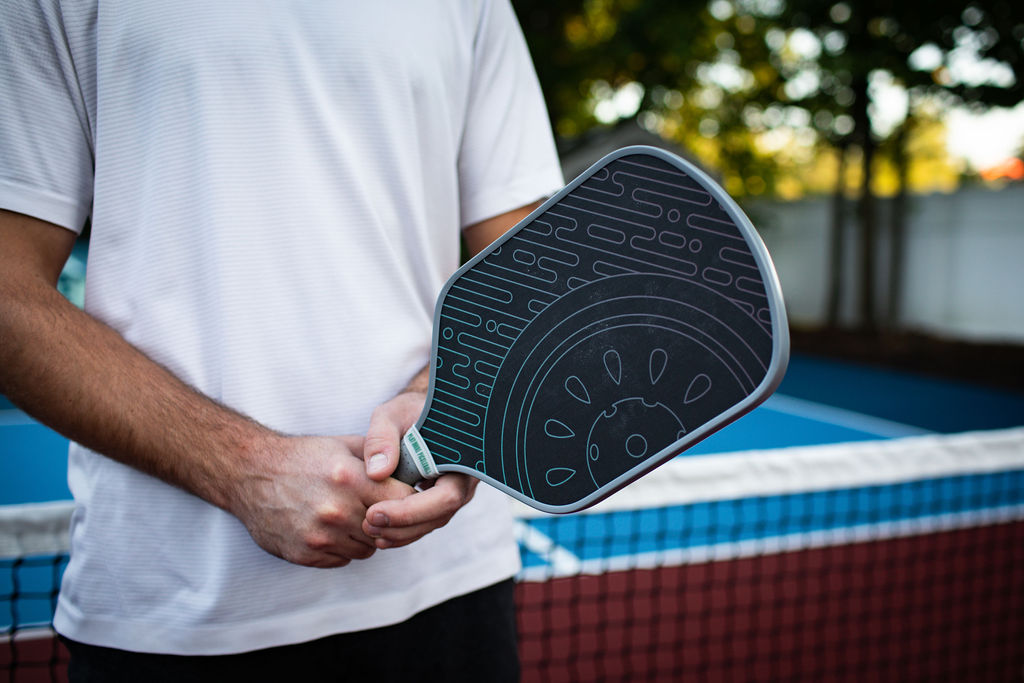
2025 Material Innovations: What's New This Year
This year marks a breakthrough in paddle innovation. Materials that were once reserved for aerospace applications are now appearing in pickleball equipment you can actually afford.
The emergence of solid foam cores as Gen-4 technology represents the most significant advancement we've seen. These aren't just slightly better – they're genuinely transformative for how paddles perform across all categories.
Advanced carbon fiber technologies have also evolved, with textured carbon fiber faces becoming standard in control-oriented paddles. These surfaces work with softer cores (typically 14-16mm polymer or foam) to maximize spin generation while maintaining shot placement accuracy.
Choosing Your Perfect Material Match
Your ideal paddle material depends entirely on your playing style and what you prioritize on court.
For Control and Precision Players: Graphite or carbon fiber paddles deliver the accuracy you need. These materials give you that crisp feel and precise ball placement that lets you paint the lines.
For Balanced Performance: Composite paddles offer the best of both worlds, combining power and control in one package. Perfect if you like to mix up your game style.
For Power Players: Fiberglass surfaces add significant force to your shots while maintaining spin potential. If you love to attack and put balls away, this is your material.
For Cutting-Edge Performance: The latest foam core technology provides advantages across all categories. It's an excellent choice for players seeking the most advanced performance available.
Making Your Decision
Don't get overwhelmed by all the options – the best paddle is the one that matches YOUR game. Consider your current skill level, playing style, and what aspects of your game you want to improve.
If you're unsure about which material combination would work best for your specific needs, take our paddle quiz for personalized recommendations based on your playing style and preferences.
Remember, the materials in your paddle are tools to help you play better pickleball. Whether you choose graphite precision, carbon fiber versatility, fiberglass power, or cutting-edge foam technology, the most important thing is getting out there and putting in the practice time.
The perfect paddle material is the one that feels right in YOUR hands and helps you play YOUR best game. Everything else is just details.

